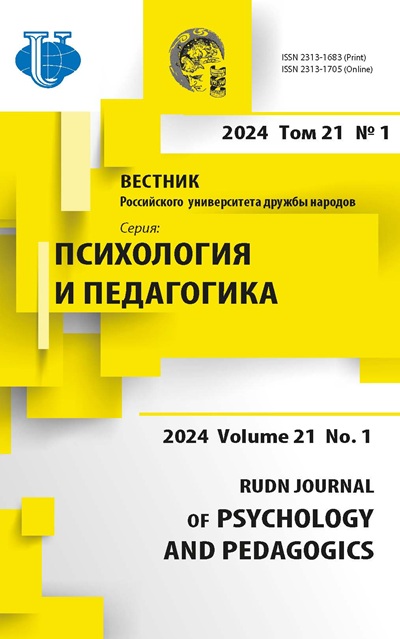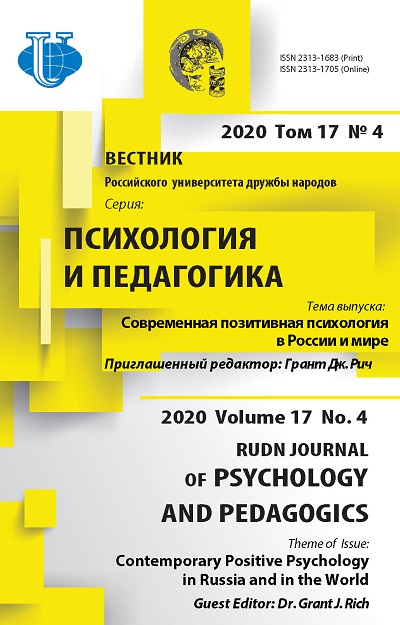Abstract
The Values in Action Inventory of Strengths (VIA-IS) designed by C. Peterson and M. Seligman is in widespread use in modern psychological research. It includes 240 questions aimed at describing personal qualities relating to a person’s strengths and virtues of character. In 2002, M. Seligman published an abridged version of the VIA-IS in English, measuring the same strengths as the full version of the inventory, but containing 48 items instead of 240. There is no doubt about the convenience of using the abridged version of this questionnaire for conducting large-scale studies on large samples of respondents. Following this logic, the purpose of this research was to adapt this shortened version of the VIA-IS for a Russian-speaking sample. Examination of data gathered from 239 respondents revealed sufficient internal consistency of the inventory: all six of the scales demonstrated sufficient values of Cronbach’s alpha coefficients. Verification of the inventory for retest reliability, carried out six months after the first testing, yielded positive results: it was determined that the correlation coefficients of the data on the scales were within required values for adequate test-retest reliability. A convergent validity test also showed good results. The conformity of the factor structure of the Russian-language abbreviated VIA-IS to the original English-language abbreviated inventory was verified using confirmatory factor analysis. In conclusion, the Russian-language version of the abridged VIA-IS can be used for the psychological measurement of personality strengths of mentally healthy Russian respondents within the context of the positive psychology framework.
















